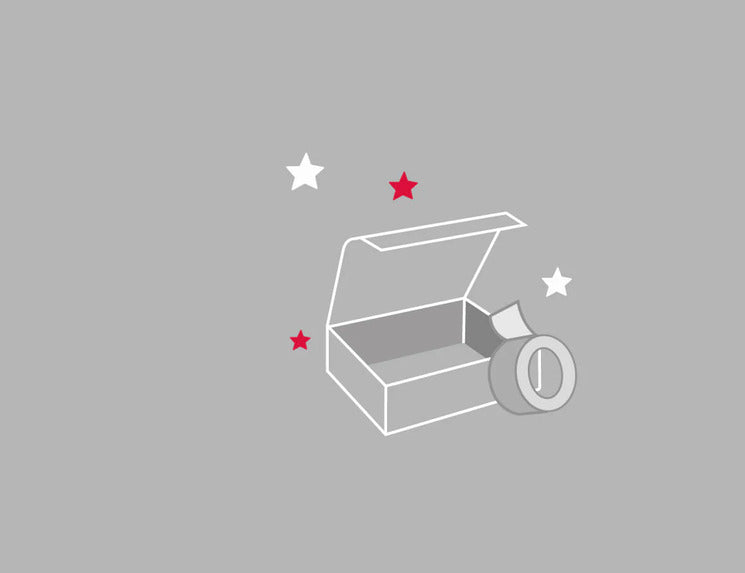

Packing,
not packaging
We want to minimise our environmental impact and have been a work in progress. We always skipped plastic, and since June 2020, we started shipping our orders minus extra tags, invoices, and content that often ends up in trash.


Eye-rolling is a good exercise! Sometimes, our emails will make you do that. Other times, they might be share worthy.
- Customer Care
- + 91 771 090 5855
- support@goathlos.com
- Contact Us
- Referral Program
